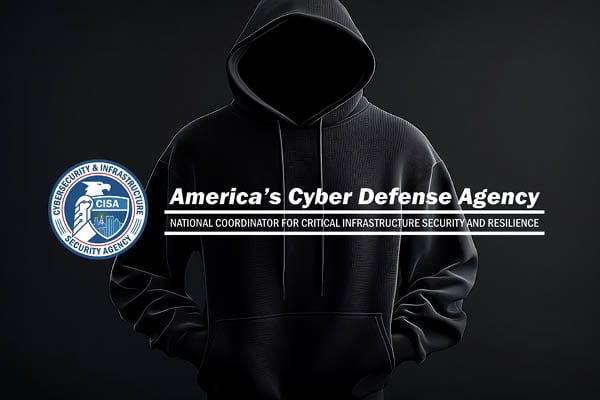New guidance from the Cybersecurity and Infrastructure Security Agency helps schools strengthen protection strategies as threats increase nationwide, according to a K-12 Dive article.
FBI data found schools were targeted in more than 6,000 threats in 2022, most of which were anonymous and posted on social media, according to the agency.
CISA recommends six key strategies to confront anonymous threats:
1) Proactively build awareness that reporting helps flag an anonymous threat before it spreads. Encourage community members to “Report, Don’t Repost” online threats. Parents and families should discuss with their children the dangers and consequences of making threats and the need for early reporting.
2) Build partnerships to address anonymous threats. Partners such as the FBI and school-based law enforcement can help assess threats and appropriately respond. Mental health and threat assessment professionals can help schools address threats and any aftermath to satisfy well-being and emotional needs.
3) Use multidisciplinary threat assessment teams for investigations. If a threat source is identified, tap into multidisciplinary threat assessment teams to assess the degree of danger. School administrators, school-based law enforcement and school counselors can use risk assessments to decide the most appropriate supports and interventions for students identified as a “risk of doing harm.”
4) Initially respond to threats with a sense of balance. Lockdowns or increased police presence can traumatize students. Consider how a controlled initial response can be rapidly intensified if stronger security measures are needed.
5) Use a three-step process. 1) Working with law enforcement, examine a threat’s background and context to help determine the scale of the response. 2) Identify any discernible threat-making patterns that could raise or lower the danger level. 3) Spot any imminent signs of the threat becoming reality to initiate a rapid response if necessary.
6) Improve preparedness for future threats. Age-appropriate drills and safety training should already exist as threat protocols. Establish a process to communicate with families on threats.
K-12 Dive




